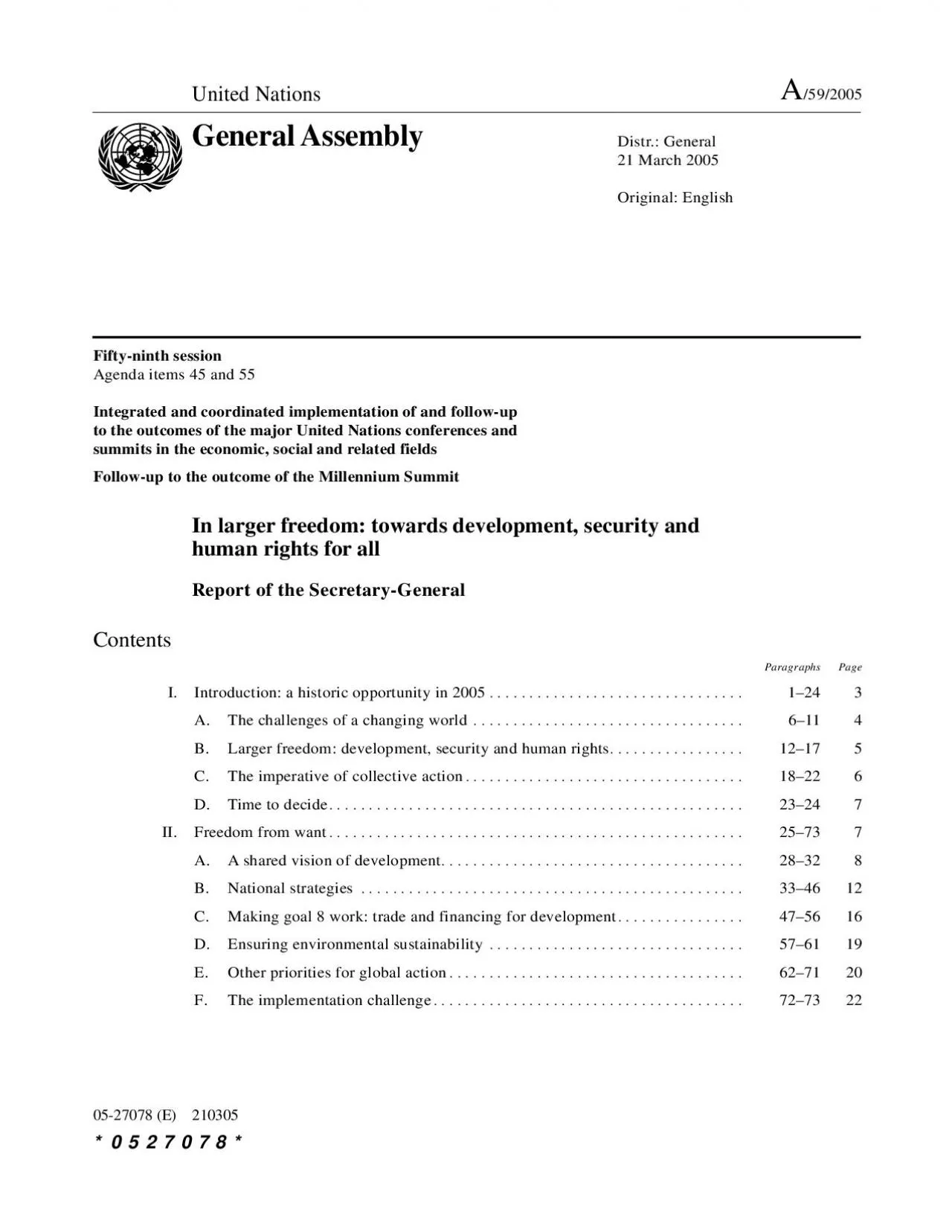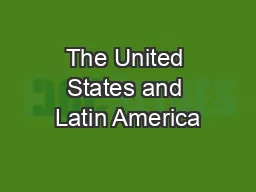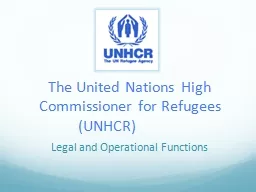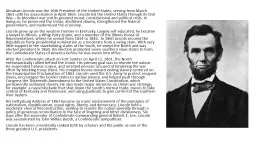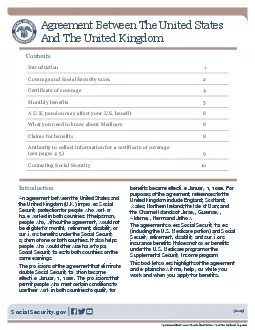PDF-United Nations592005
Author : christina | Published Date : 2021-10-03
General Assembly0527078 E 210305Fiftyninth sessionAgenda items 45 and 55Integrated and coordinated implementation of and followupto the outcomes of the major United
Presentation Embed Code
Download Presentation
Download Presentation The PPT/PDF document "United Nations592005" is the property of its rightful owner. Permission is granted to download and print the materials on this website for personal, non-commercial use only, and to display it on your personal computer provided you do not modify the materials and that you retain all copyright notices contained in the materials. By downloading content from our website, you accept the terms of this agreement.
United Nations592005: Transcript
Download Rules Of Document
"United Nations592005"The content belongs to its owner. You may download and print it for personal use, without modification, and keep all copyright notices. By downloading, you agree to these terms.
Related Documents

